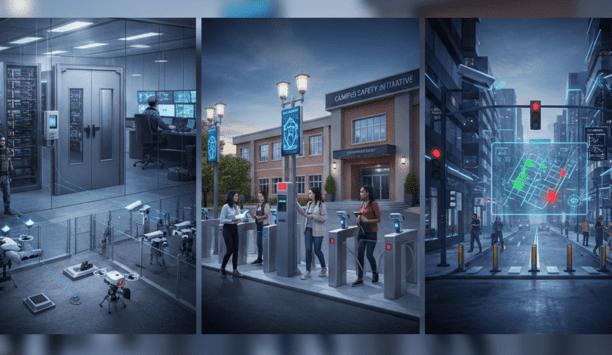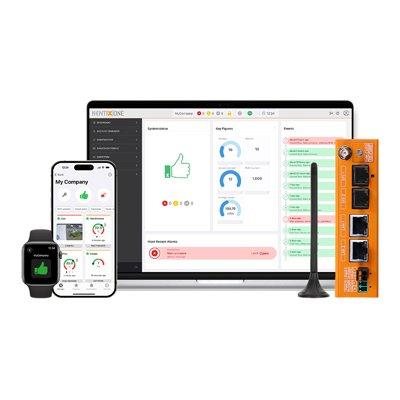Time flies, and I’m sure it’s been 10 or 15 years since the term PSIM (meaning physical security information management) came into favour in our market.
It was a variation on the term SIM (security information management), which in the realm of information security refers to a collection of data into a central repository for trend analysis. The idea was to apply the same concept to physical security equipment in the form of an over-arching software system that takes information from all the various physical security systems (video, access control, intrusion alarm, etc.) and combines the data into one big system that can crunch the numbers and make them more meaningful.
You hear a lot of stories in the market about how early PSIMs (pronounced PEE-sims) fell into disfavour. They were too expensive. They had to be customised to every installation. Only the largest end users needed them. In any case, there seemed to be more talk about PSIMs in those days than people actually using them. Or using them to their full potential in any case.However, the acronym caught on. Later you also had the emergence of a new wave of PSIMs (or “PSIM Lites”) that were said to be targeted to a broader mass market. These products purportedly overcame the downside of PSIMs while providing all the benefits. Not so said the PSIM purists, who could enumerate specific shortcomings of each new product.
When a buzzword takes on a |
Definition of the term has been a little problematic, too. Definitions you hear contain terms like “rules-based workflow” and “audit trail” and “geospatial engines” – more the language of computer geeks than security professionals. Manufacturers can’t agree on what constitutes an actual PSIM – there are no standards – or differentiate which are PSIM pretenders (except to the extent that their own system definitely fits the bill).
At the same time, the capabilities of other systems in the market, especially video systems and access control systems, have expanded to incorporate much of the functionality of PSIMs. We started hearing terms like “video-centric PSIM,” referring to a video management system. The cloud has also impacted the PSIM market, enabling access to a larger range of PSIM-like capabilities provided as a service over the internet. A side effect of those expanding capabilities has been even more confusion.
Lately, we have even begun hearing manufacturers starting to avoid the PSIM term and its historic baggage and preconceptions. When a buzzword takes on a negative stench, it loses its impact. If a PSIM is perceived as negative, the initials lose their usefulness even as a marketing term (which some say PSIM was all along).
Even the companies that champion the technology are now looking to use other terms instead. VidSys, for example, now calls its system “Converged Security Information Management.”
Could we be witnessing the death of an acronym?
Discover how AI, biometrics, and analytics are transforming casino security













































